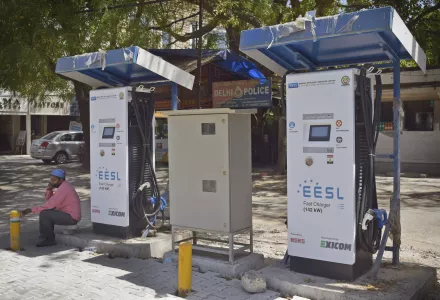
Abstract
Low-carbon energy technology (LCET) startups could play a key role in accelerating India’s decarbonization. Yet, our understanding of the LCET startup landscape and what shapes it remains low. Herein, we provide an analysis of the Indian LCET startup landscape to fill this gap. Our descriptive analysis of quantitative data on investment and patenting activities of LCET startups from 2010 to 2020 and qualitative data from 25 semi-structured interviews shows a significant increase in investment and patenting activity, particularly after 2017, driven in large part by market-creation measures undertaken by the Indian government. However, there are large differences between LCET startups in different sub-sectors and core value-creating activities. Our findings suggest that the level of technological capabilities moderates the relationship between market creation measures and innovation outcomes—thus highlighting the need to complement market creation policies with long-term measures to strengthen technological capabilities. Furthermore, we propose a research agenda to improve our understanding of LCET entrepreneurship in developing economies.
Krishna, Harilal, Yash Kashyap, Dwarkeshwar Dutt, Ambuj D. Sagar and Abhishek Malhotra. “Understanding India’s Low-Carbon Energy Technology Startup Landscape.” Nature Energy, December 15, 2022
The full text of this publication is available via Nature Energy.







